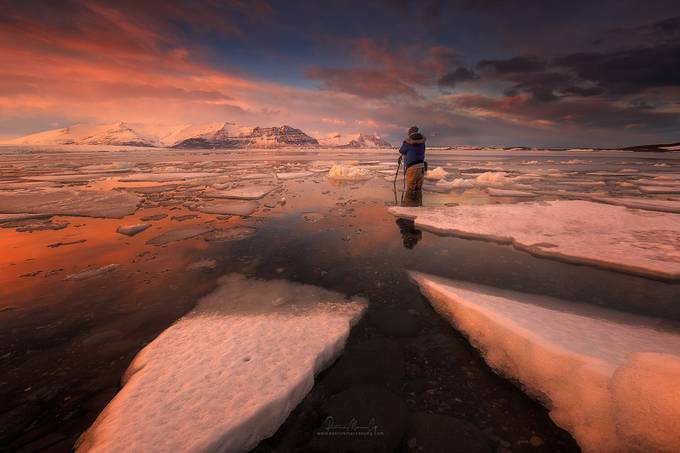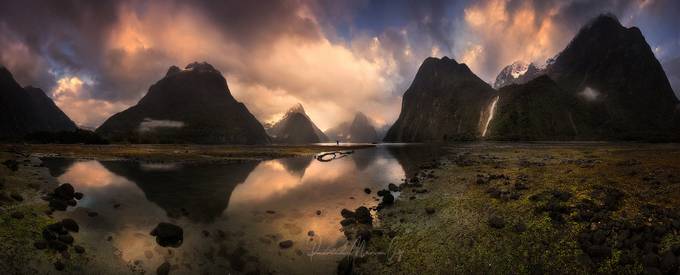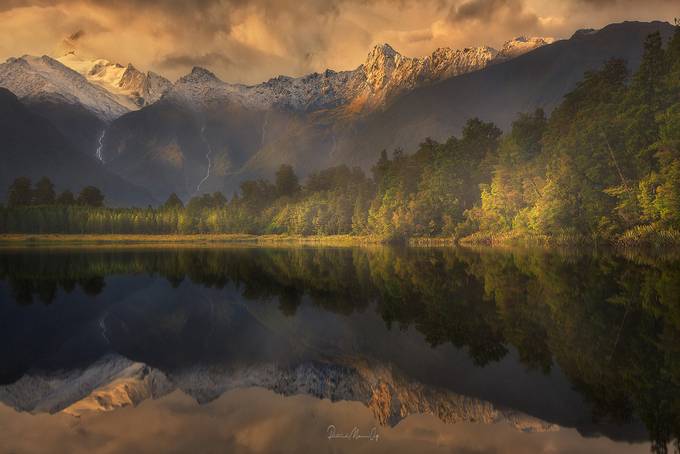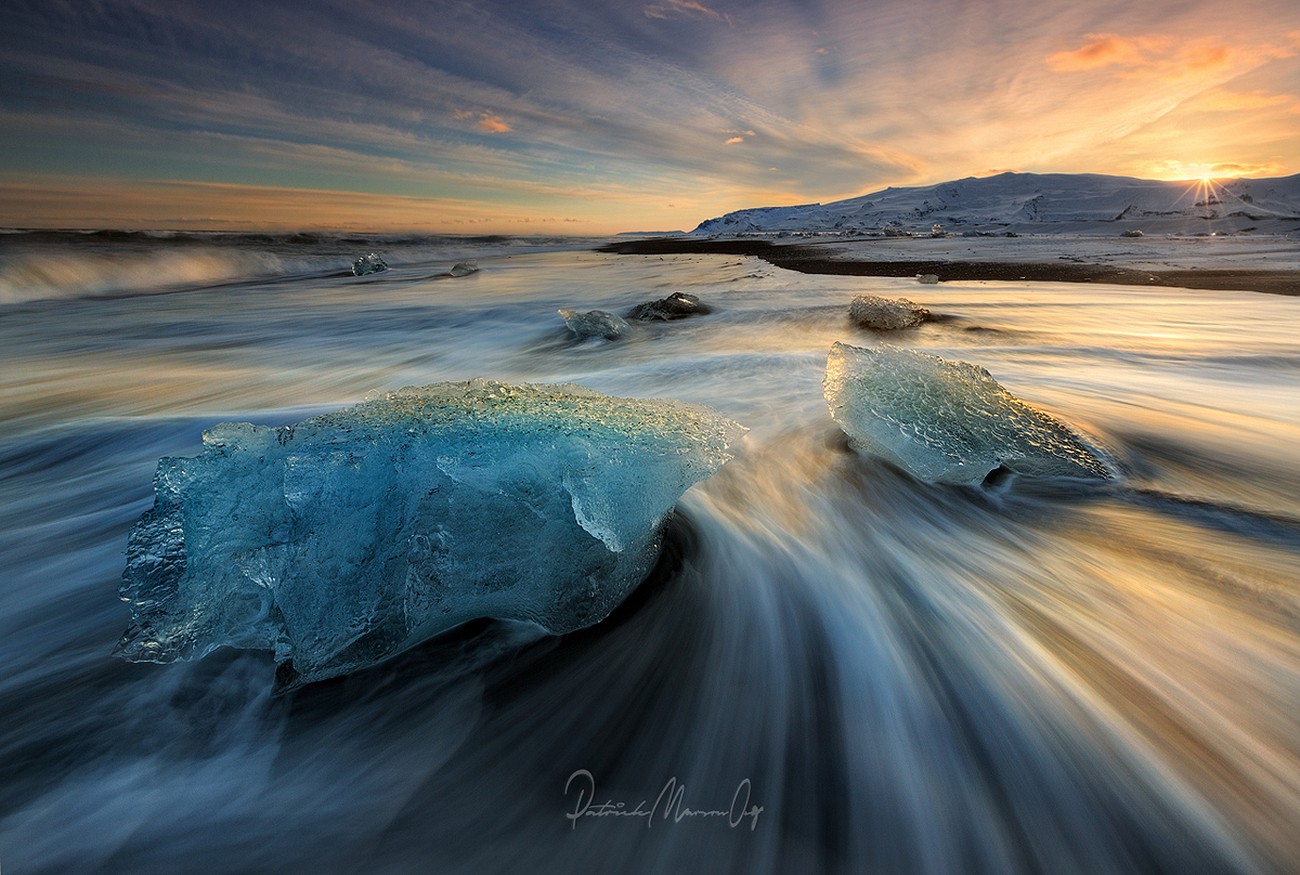Patrick Ong is from the Philippines and during the day he deal with the pressures and chaos in the world of entrepreneurship. for him photography is a hobby that acts as the ultimate stress reliever. The moment Patrick exposed himself and began to appreciate Mother Nature’s beauty, it was like love at first sight. Below find Patrick's top tips:
1. Know Your Gear
For you to be able to make the most out of your camera, you must know the basics by heart. This will allow you to easily apply various techniques such as long exposure for clouds movement, slow shutter for swirling waves, etc. Also, know your filters and when is the right time to use each one.

2. Be Prepared
Research, research, research. Every landscape photography activity or trip must start with an extensive research to acquire as much information as possible about the location and its actual landscape, the weather, travel conditions, the perfect time for capturing images, know where the sun rises and sets, etc. Your gear is your best friend so treat it kindly. Make sure your camera is clean, batteries and filters ready, tripod washed and well-lubricated because just like you, they need to be ready for action. Invest in proper clothing and footwear. You don’t want the elements to get the best of you out there.

3. Master Your Technique
Educate yourself on the basic concepts of composition such as the rule of thirds, leading lines, s-curves, patterns, use of scale, etc. Learn about exposure compensation between ISO, shutter speed and aperture. Maximize your depth of field to ensure the entire image is well-focused. Then, study and apply advance techniques such as multiple exposure blending, focus stacking etc. in order to produce a high dynamic range image.

4. Be Adaptable
Shooting landscapes can be a challenge when nature decides to give you a surprise, so you have to be able to adapt rather quickly. Be ready for the unexpected but dwell only on the positives. To accommodate sudden changes, scout the location early. Take everything in, visualize and make use of different perspectives to your advantage.

5. Be Teachable
Being open to new, and even unconventional, techniques will allow you to grow. You have to keep learning by studying the works of your fellow artists. Personally, I invest on online tutorials and some literature to avoid stagnation. I also appreciate the critiques of other photographers - both hobbyists and professionals alike. Diversity makes us unique and at the same time inspires growth and improvement.

Check out Patrick's website:


